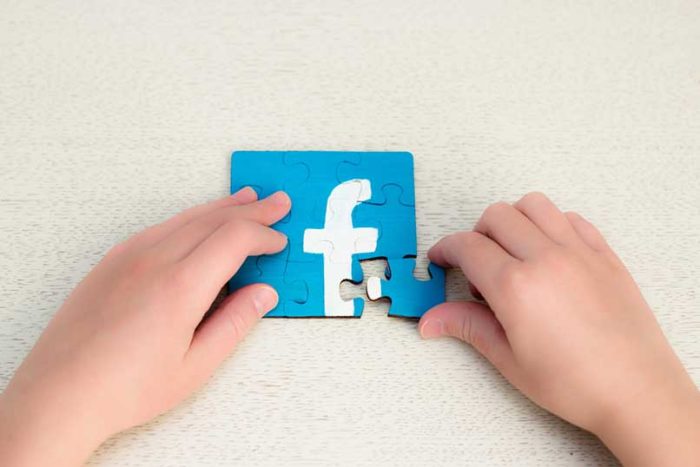Uplifts in response rates in the region of 40% are not uncommon when social is included as part of a multi-channel campaign strategy, but still many marketers are not fully exploiting the opportunity.
For some marketers it is a lack of awareness, others are eager to get involved but are wary of stepping on people’s toes within the organisation. Who ‘owns’ social media is a debate that still rages in the corridors of many businesses with marketing, press-office, customer service, HR, IT and e-commerce teams all staking their rightful claim.
Campaign including Facebook showed impressive response rates
However, in my experience, the major barriers for marketers is not having access to the necessary data, tools and skills, combined to some extent with a fear of change. In fact, a very common response is: “We are not ready to take the leap yet. Maybe the next campaign.” Yet, with impressive response rates and costs that are lower than Google Adwords on a pay-per-click basis (between 5% and 10% is a good indication), why would you wait until the next campaign?
When used in conjunction with traditional direct marketing, Facebook is a powerful social channel for soliciting the response you want your campaign to achieve. What’s more, with almost negligible increased campaign costs, ease of implementation, high match rates and impressive returns, I can see no reason why every direct marketer should not be integrating Facebook in to their next and every subsequent campaign. In my mind, it is a no brainer that every marketer should be doing.
